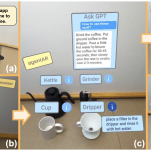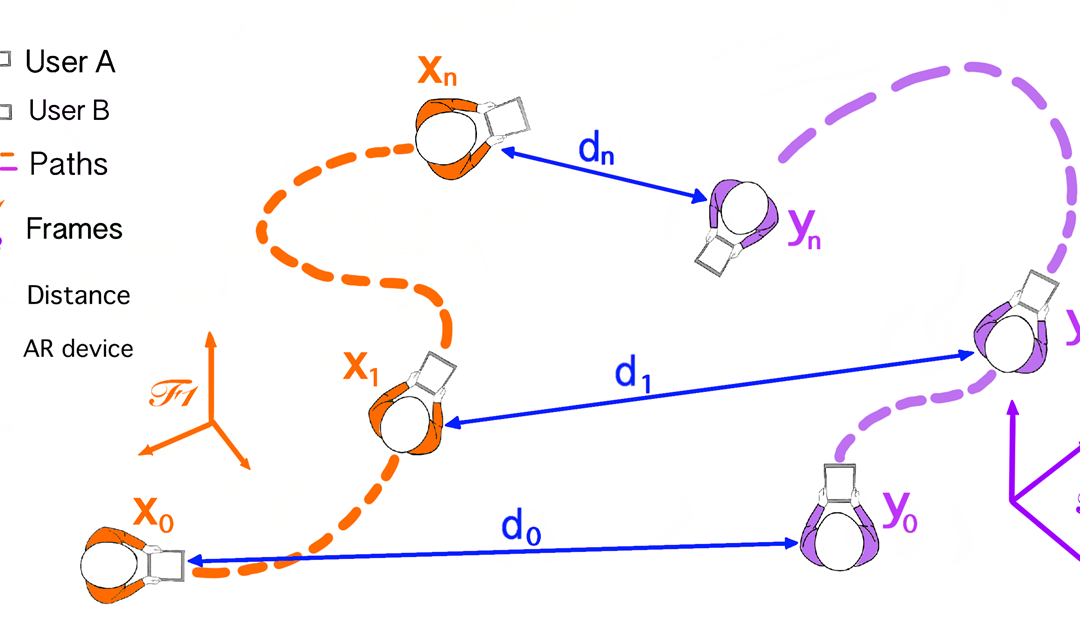
by Convergence Design Lab Admin | Oct 15, 2018 | 2018, Ana Villanueva, Karthik Ramani, Ke Huo, Luis Paredes, Recent Publications, Tianyi Wang, Yuanzhi Cao
We present SynchronizAR, an approach to spatially register multiple SLAM devices together without sharing maps or involving external tracking infrastructures. SynchronizAR employs a distance based indirect registration which resolves the transformations between the...

by Convergence Design Lab Admin | Oct 6, 2018 | 2018, DESIGN METHOD, Devarajan Ramanujan, Karthik Ramani, Karthik Ramani, Publications
In this paper, we discuss a guided discovery instruction approach for integrating environmental sustainability in undergraduate mechanical engineering courses. To validate the proposed approach, we conducted two studies with students in a computer-aided design and...
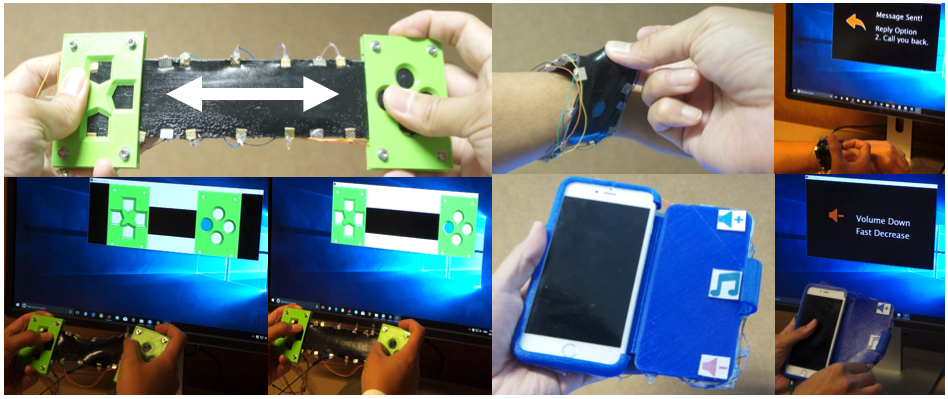
by Convergence Design Lab Admin | Sep 30, 2018 | 2018, Embedded Input, Fabrication, Karthik Ramani, Ke Huo, Luis Paredes, Publications, Recent Publications, Sang Ho Yoon, TANGIBLE, EMBEDDED & EMBODIED INTERFACES, Tangibles
Abstract: We introduce MultiSoft, a multilayer soft sensor capable of sensing real-time contact localization, classification of deformation types, and estimation of deformation magnitudes. We propose a multimodal sensing pipeline that carries out both inverse problem...
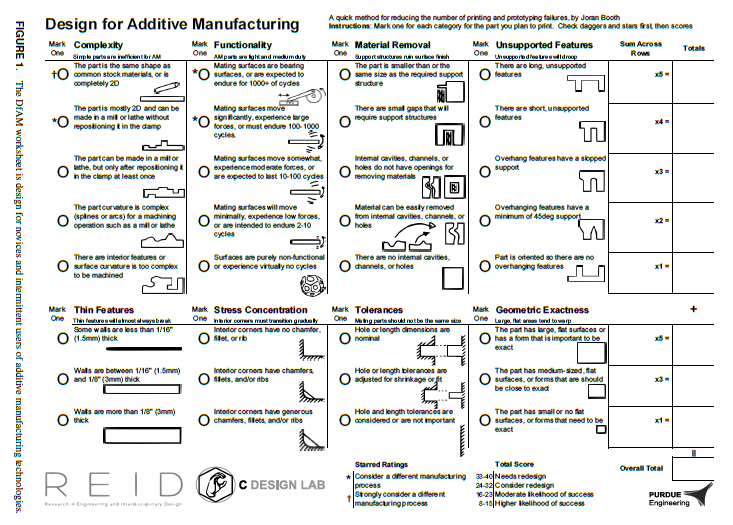
by Convergence Design Lab Admin | Sep 1, 2018 | Karthik Ramani, News
ASME’s Journal of Mechanical Design has given its 2017 Editors’ Choice Award to The Design for Additive Manufacturing Worksheet by Joran Booth, Jeffrey Alperovich, Pratik Chawla, Jiayan Ma, Tahira Reid, and Karthik Ramani. Four criteria were used in...
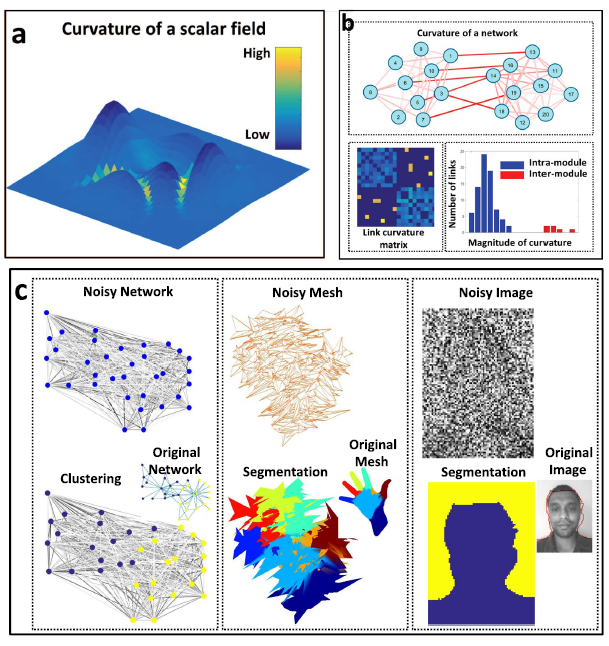
by Convergence Design Lab Admin | Sep 1, 2018 | Ayan Sinha, Karthik Ramani, Karthik Ramani, News
Download: Nature – Gauss’s Law for networks directly reveals community boundaries
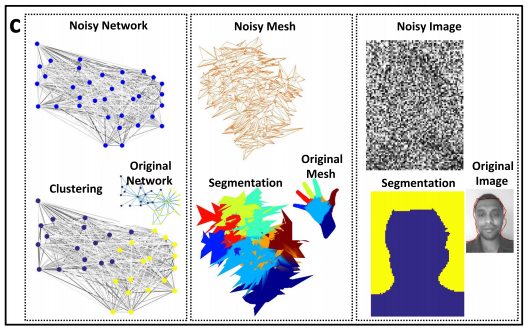
by Convergence Design Lab Admin | Aug 22, 2018 | 2018, Ayan Sinha, Karthik Ramani, Karthik Ramani, Publications, Recent Publications
The study of network topology provides insight into the function and behavior of physical, social, and biological systems. A natural step towards discovering the organizing principles of these complex topologies is to identify a reduced network representation using...








